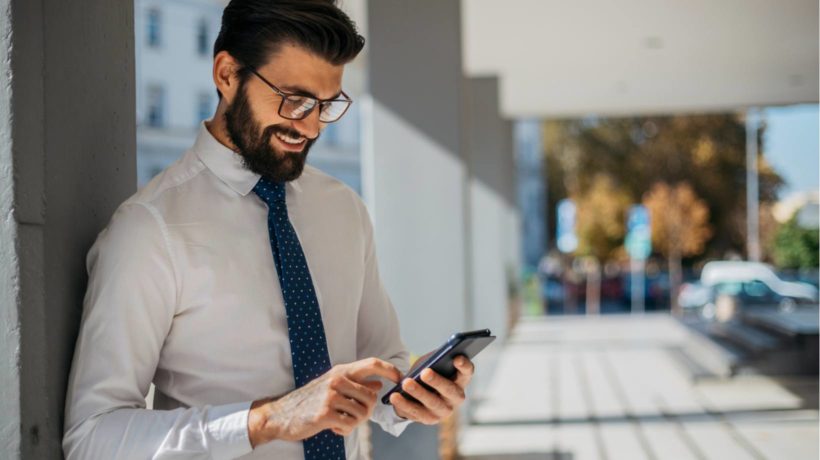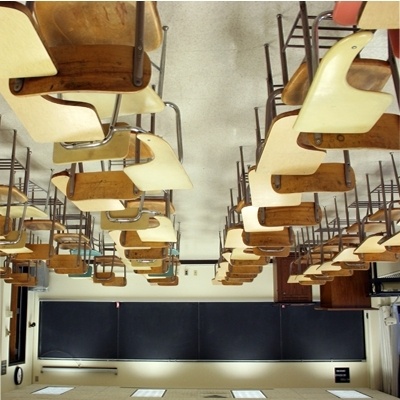Introduction To Flipped Learning
Imagine walking into a class where the instructor is at the center of the stage, lecturing with a PowerPoint slideshow, while the learners are busy taking notes. The instructor manages to take one or two questions from the learners before class time is up and a project is assigned for them to complete by the next class. Sound familiar? That's not surprising. This is the traditional approach used in the classrooms that most of us have attended at one point or another.
Now compare that to walking into a class and finding all the learners engaging in group discussions of case studies, applying new knowledge to solve problems, and debating the proposed solutions, with the instructor working closely with the learners to provide guidance, answer questions, and support the learners who are struggling. Which class would you rather see yourself in? Which class would better support your learning journey? Chances are, you’d be more likely to sign up for the second one!

In essence, “flipping the classroom” means that students gain first exposure to new material outside of class, usually via reading or lecture videos, and then use class time to do the harder work of assimilating that knowledge, perhaps through problem-solving, discussion, or debates.
In terms of Bloom’s revised taxonomy (2001), this means that students are doing the lower levels of cognitive work (gaining knowledge and comprehension) outside of class, and focusing on the higher forms of cognitive work (application, analysis, synthesis, and/or evaluation) in class, where they have the support of their peers and instructor. This model contrasts from the traditional model in which “first exposure” occurs via lecture in class, with students assimilating knowledge through homework; thus the term “flipped classroom.”
The benefits of using this approach include the following:
- Learners can learn at their own pace, reviewing learning material as many times as they need to.
- Instructors are available to support the learners while they engage in higher-order thinking.
- Instructors have more opportunities to get to know the learners and provide individualized help.
How To Flip A Classroom
Here’s how to go about flipping a classroom:
1. Provide Material For The Learners To Gain First Exposure Before Class
This could be through textbook readings, slideshows, instructor-made video lectures, online expert videos, etc.
2. Hold The Learners Accountable For Completing Pre-Class Work
This could be through quizzes, worksheets, assignments that need to be handed in to enter the class, etc.
3. Design Class Time Around Active Learning Techniques
This is where the main benefit of the flipped classroom lies. It could mean integrating activities such as case studies, role-playing, problem-solving, structured discussions, etc.
Flipping a classroom can be challenging. It’s best to start small and build on your experience over time. Consider beginning by using simpler models such as a partial flip where the instructor still lectures but keeps most of the class time dedicated to active learning. Or you could consider flipping only one day a week or flipping only specific content.
Flipped Classrooms In Corporate Contexts
Although the flipped classroom originated in K-12 education, it has been gaining popularity not only in university settings but also in corporate contexts. On one hand, it has the potential of reducing costs associated with employee training, such as the opportunity cost of time spent attending courses in class. And on the other hand, it can improve the Return on Investment on training when learners can spend time solving real-life problems with direct feedback from instructors. It has been used in a variety of different corporate programs, including onboarding, product training, and skills training.
A parting thought to bear in mind. The key to effectively flipping a classroom is not to simply share lectures out of class and conduct activities in class. The key is in taking a learner-centric approach when designing class activities, so that class time leads to optimal learning outcomes for the learners.
Wondering how to flip a classroom in a remote learning context? Check out this article by the Berkeley Center for Teaching and Learning.
Further Reading:
Image Credit:
- The image was created by Kashida and used with their permission by the author.










